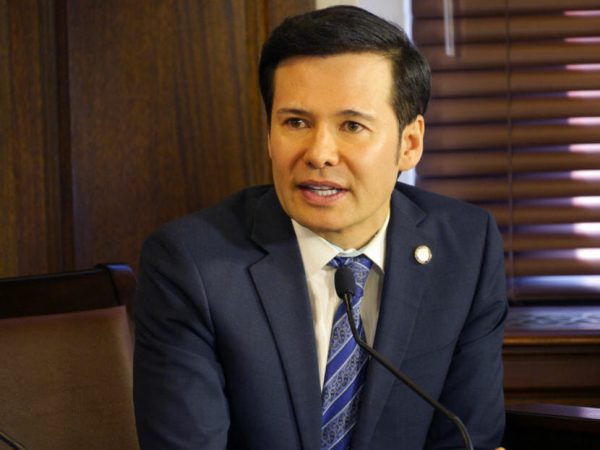
The state budget situation is even more challenging than it was when the Alaska Legislature left Juneau nearly six month ago. Lawmakers heard more Wednesday about the gap between what the state spends and what it brings in.
The House Finance Committee began its legislative session by hearing from the state’s nonpartisan budget experts. And they brought some sobering news.
Rob Carpenter, an analyst with the Legislative Finance Division, gave a sense of how large the state’s budget gap is: The state could eliminate funding for much of what it does, and it still wouldn’t cover the projected $1.5 billion gap.
“It would take a reduction of 16 agencies, including part of the Department of Corrections, to close that $1.5 billion deficit,” Carpenter said.
Another way analysts look at the gap is what it would take to balance the budget entirely using the state’s biggest budget item: permanent fund dividends. And that would reduce PFDs to between $700 and $800.
If the state doesn’t reduce the gap — and if current projections hold up — in 10 years there would be nothing left in Alaska Permanent Fund’s earnings reserve. It had $17.9 billion on Dec. 31, more than a quarter of the entire fund’s value.
It would take two years to completely wipe out the piggy bank the state has used to balance the budget in the past, the Constitutional Budget Reserve.
Committee co-Chair Rep. Neal Foster, a Nome Democrat, said he’s concerned about the deficit. He also said it would be impossible to cut state services enough to balance the budget.
“Even if you can do some amount of cuts, that comes nowhere near to getting you to covering $1.5 billion,” Foster said.
Foster said setting the level for permanent fund dividends will be essential to bringing the budget closer to being balanced.
Wasilla Republican Rep. Cathy Tilton, a committee member from the minority caucus, said she wants to see the state limit how much it spends as a first step to addressing the deficit.
“I would love to see, and I believe that my caucus would follow along, an effective spending limit that would really cap spending in our state,” she said. “I think that that would make a lot of Alaskans feel more comfortable with other things that could be on the horizon.”
Gov. Mike Dunleavy has proposed changing the limit on spending in the state constitution.
There’s another complication for the budget: all of the spending that wasn’t included in the budget the Legislature passed — and Dunleavy signed — this summer, such as more money for Medicaid and fire suppression. That could add an estimated $281.8 million on top of the $346.5 million the state already planned to spend from the Constitutional Budget Reserve this year.
A particular concern for some lawmakers is funding for the state’s community assistance payments to municipalities. The program is projected to fall by a third next year, from $30 million to $20 million, unless the Legislature adds more money for the program.
Andrew Kitchenman is the state government and politics reporter for Alaska Public Media and KTOO in Juneau. Reach him at akitchenman@alaskapublic.org.




